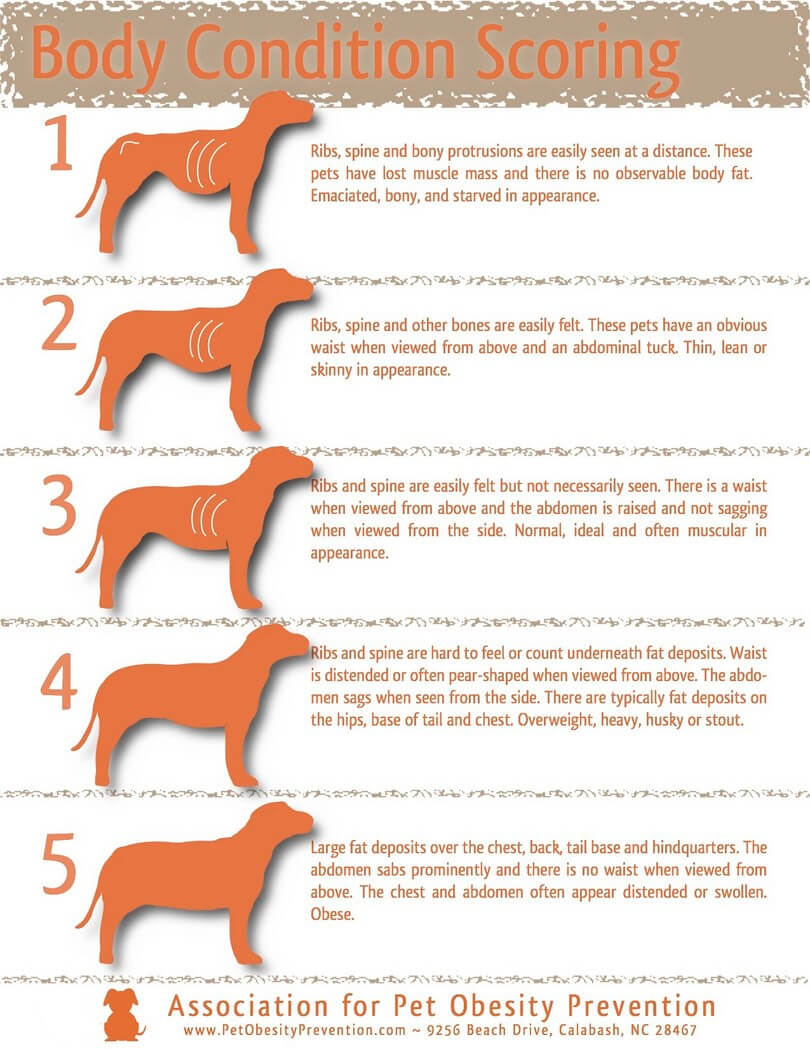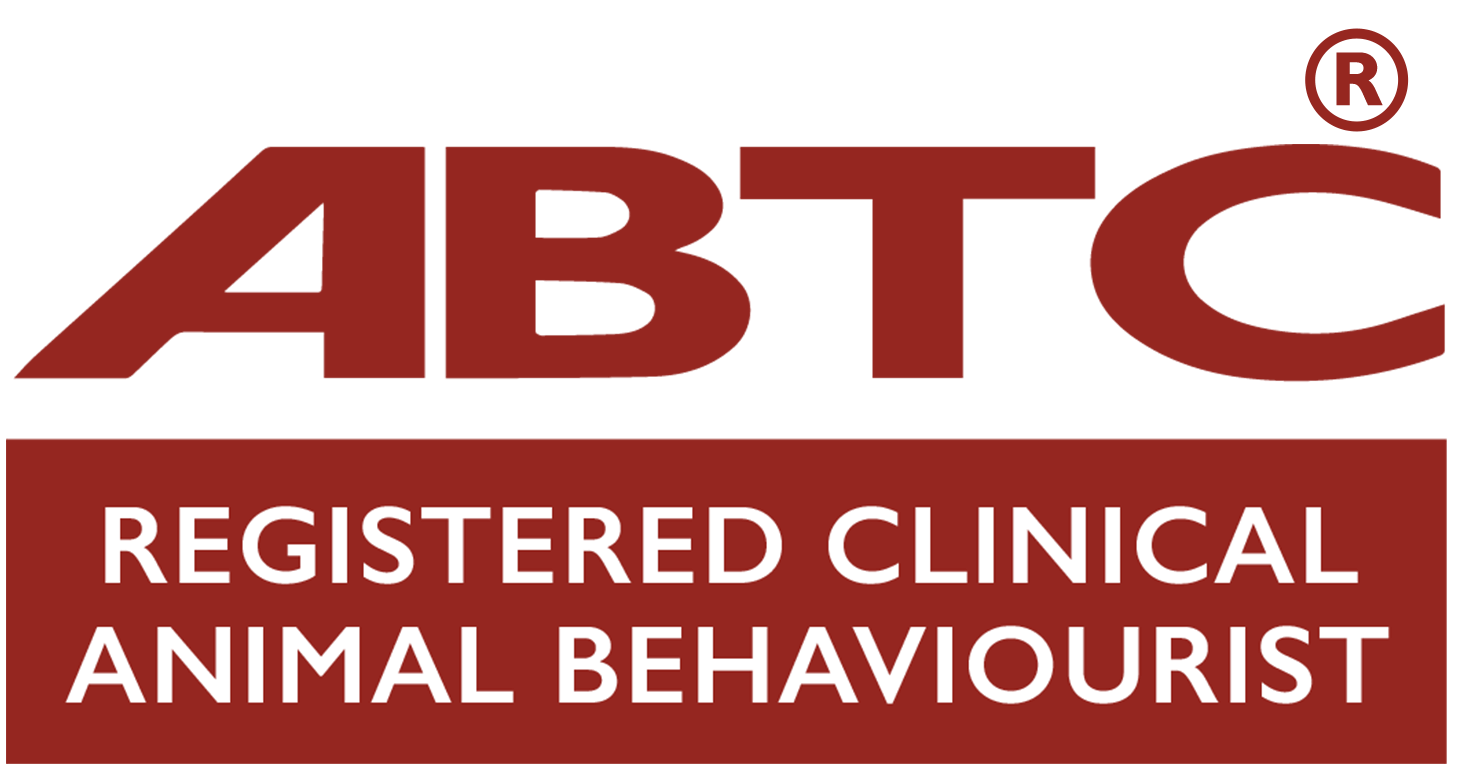Over-indulgence can lead to weight-gain in humans and it is the same for pets. Whilst many owners carefully manage their dog’s diet, a new survey indicates the average owner is feeding their dog an extra 54,000 calories a year, in addition to their daily meals.
The research, conducted by food manufacturer Royal Canin, investigated how 2,000 dog owners fed their pets. The survey found many gave their dog food from their plate; one in five said it was a way to show their love. These findings support my MSc thesis which investigated the relationship between pre- and post-partum dog-owning parents. This research produced numerous results which included: parents with young children / babies walked and played with their dogs less but gave treats and stroked their dog at least once a day. This was probably because giving treats and petting requires least effort, can be delivered swiftly, and these actions are typically perceived as an expression of love, and may ease some of the guilt many new parents experienced (n=273) relating to their reduced dog-owner interactions.
According to Royal Canin’s survey, the foods most commonly given from the owner’s plate were: chicken (77%), beef (68%), sausages (67%), ham (64%) and vegetables (57%). This suggests owners may consider such titbits as healthy options but are not factoring in the additional calories within their pet’s daily allowance.
As a trainer and behaviour specialist, I always look at how a dog or cat’s diet could be a contributory factor to the reported inappropriate behaviour. Food also plays a huge role in behaviour modification and training in creating new positive associations, driving motivation and acquiring reliable responses; whether that is helping a dog better cope with being left alone to gaining a rocket recall. However, food may not always increase the behaviour of every individual or behaviour, and its value may differ over time (Vicars et al., 2014). Understanding your pet’s satiation levels and preference when training is important. After all, attempt to treat a dog that is already full-up, the behaviour you are looking to acquire could start to breakdown as the feeding becomes punishing.
Consequently, I favour trainer Kathy Sdao’s ‘Rule of Third’s for Food’ when working with clients and my own animals:
- 1/3 of all your pet’s daily calorie intake through training
- 1/3 of all your pet’s daily calorie intake through food enrichment toys and games (e.g.) Kong, scatter feeding etc
- 1/3 of all your pet’s daily calorie intake through a food bowl
By sticking to these simple rules, we can avoid our four-legged friends piling on those extra calories and owners can still give their pet a titbit from their plate because food is being used with optimum efficiency.
Check out the body conditioning graphic from the Association for Pet Obesity Prevention as a visual reference guide.

Reference
Vicars, S.M, Caio, F., Miguela, J. and Sobieb, L (2014) Assessing preference and reinforcer effectiveness in dogs. Behavioural Processes (104) p.74-83. doi.org/10.1016/j.beproc.2013.11.006
Learn more about our classes

Get Hanne's Book
Playing With Your Dog will help any dog owner work out the games that are best suited for their pet to play throughout his life, from puppyhood to old age. The book also shares some tricks for all ages, group activities, and recommended toys that dogs will enjoy.

























